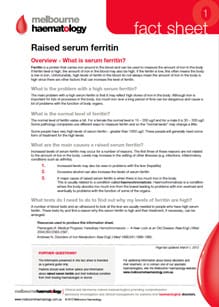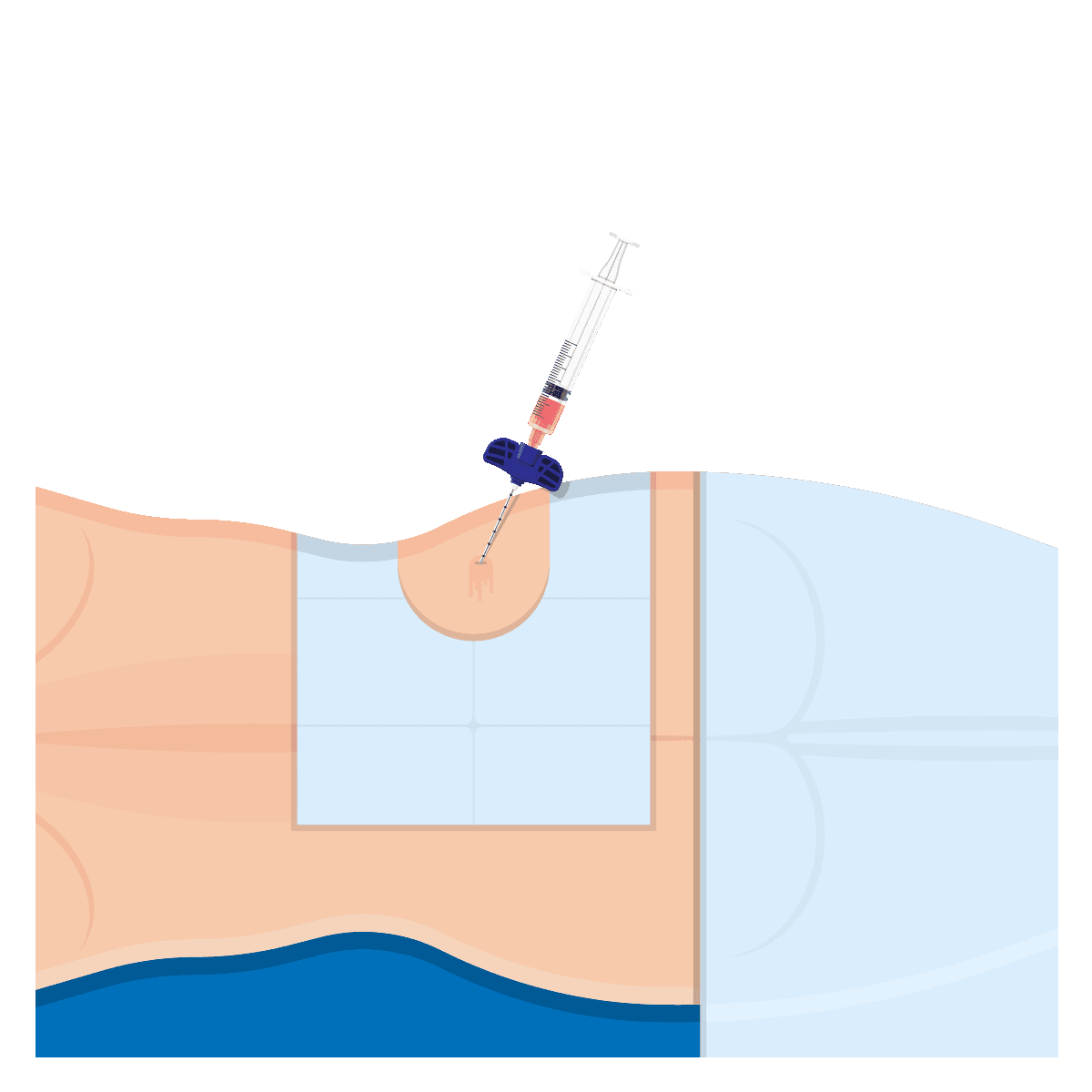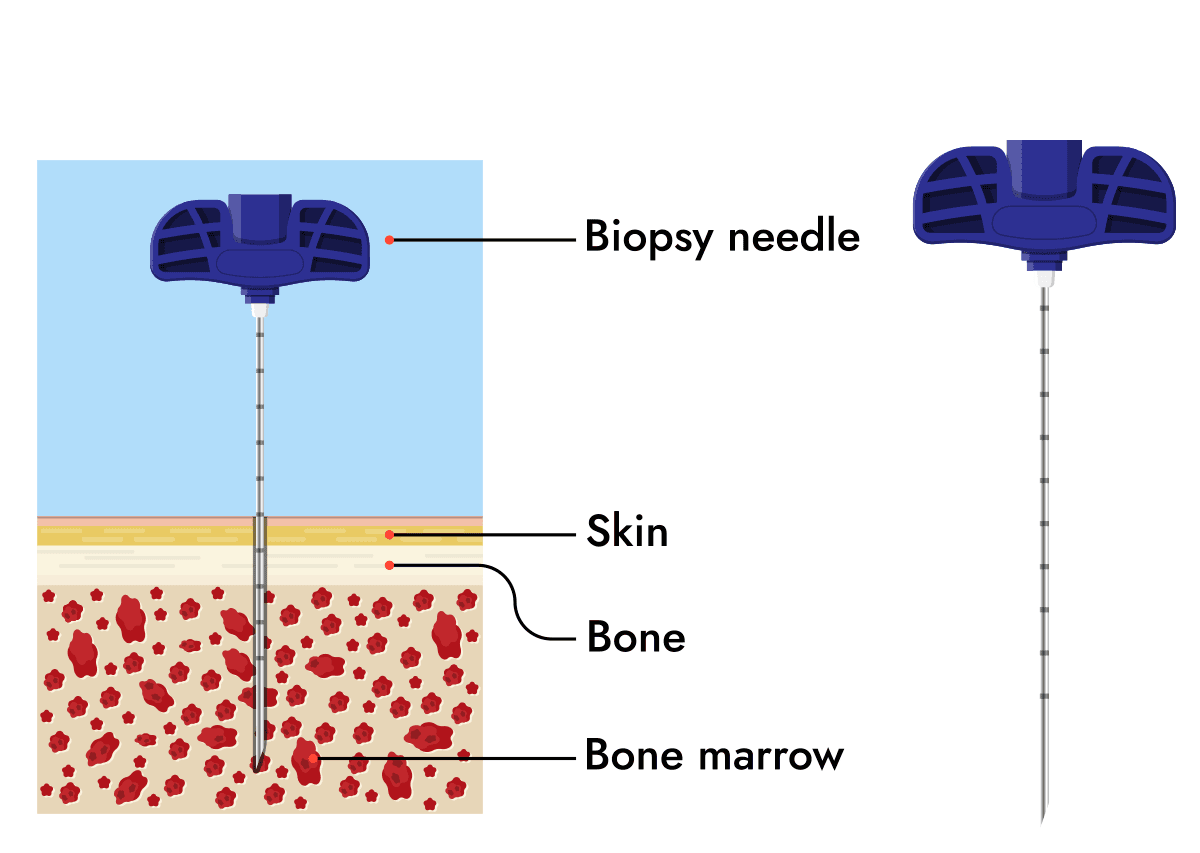Overview
A bone marrow test (also called bone marrow trephine) is a test to look at the cells in the bone marrow structure and cells within the bone marrow.
The bone marrow is where the cells of the blood and some of the cells of the immune system are formed. We can gain a lot of information about how the bone marrow is working and whether or not there are any abnormalities in the bone marrow by performing a bone marrow biopsy.
What does a bone marrow biopsy involve?
A bone marrow biopsy involves using a sharp needle to enter the bone marrow usually in the hip bone towards the lower end of the back. This is an area where the bone is usually quite close to the skin and an area that can be easily accessed by the bone marrow needle.
- A small amount of liquid bone marrow is usually taken and placed onto slides that are examined in the laboratory.
- The liquid bone marrow is also sent for additional specialised tests.
- Usually a small piece of the bone marrow is also taken and examined in the laboratory.
Is a bone marrow biopsy painful?
Having a bone marrow biopsy is sometimes painful. With the use of local anaesthetic before the bone marrow needle is inserted, this pain is usually well tolerated. Sometimes a sedative is given (under appropriate hospital conditions) to assist in the management of the discomfort. Often bone marrow tests can be performed without sedation in a doctor’s surgery.
What are the risks of having a bone marrow biopsy?
When the bone marrow biopsy is performed by experienced doctors the risks are quite small.
Risks
The approximate risk of one of these complications happening is about 1 in 1000 (0.12% complication rate in 13505 bone marrows tests). There are additional risks associated with sedation. Discuss these risks with your doctor.
What do I need to do after having a bone marrow biopsy?
Sometimes the site of the bone marrow biopsy can be painful for a day or two after the procedure. Simple painkillers (e.g. Panadol) should be adequate to control this pain.
You may have a dressing placed over the site where the bone marrow biopsy was performed. You should ask your doctor for information regarding the best way to care for the wound.
If you experience increasing pain at the site of the bone marrow biopsy, contact the doctor who performed the procedure.
When will the results of the bone marrow be available?
It takes 2 to 3 days for the majority of the results of the bone marrow biopsy to be available. The results of the bone marrow tests will be forwarded to the doctor who ordered the procedure.
Some tests take longer (e.g. genetic tests performed on a bone marrow) and you will need to follow these results up with your doctor.
Resources used to produce this information sheet.
- Bain BJ. Bone marrow biopsy morbidity and mortality: 2002 data. Clinical & Laboratory Haematology. 2004;26(5):315-318.
Further Questions?
The information presented in this fact sheet is intended as a general guide only.
Patients should seek further advice and information about Bone Marrow Biopsy / Trephine and their individual condition from their treating haematologist or doctor.





